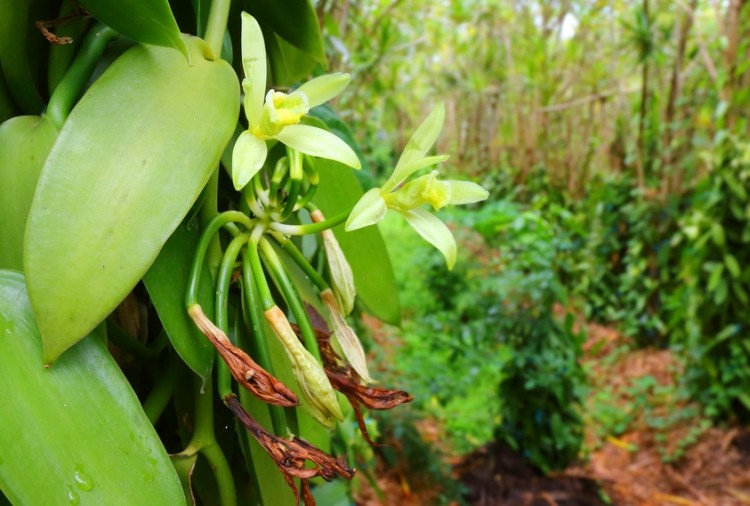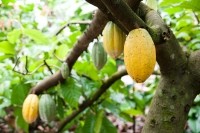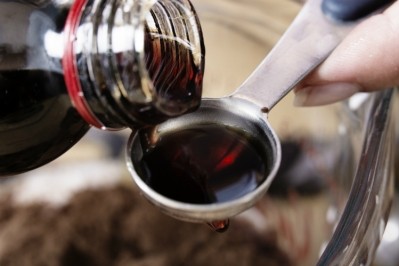More cocoa growing needed in Madagascar to lift vanilla market sustainability, say executives

Under the new five-year venture, Swiss cocoa giant Barry Callebaut and manufacturer of French vanilla, coffee and cocoa Prova will provide financing and advice to farmers looking to diversify in the region.
Madagascar is the world’s biggest vanilla supplier with over 80,000 producers, though the market is “highly volatile” the companies said in a press statement. Giving farmers a second crop option will stabilise their income and mean they are not solely dependent on vanilla, the companies said.
Alessandra Ognibene-Lerouvillois, chief sustainability officer at Prova, told FoodNavigator: “Madagascar farmers depend on the vanilla crop. They need a second crop that is not in competition with vanilla in terms of seasonality or resources in order to maintain a positive quality of life.”
Oliver von Hagen, sustainability manager global sourcing at Barry Callebaut, said: “Vanilla is a key ingredient for us when making chocolate. This project will support farmers in being prepared for a less favourable future vanilla market. It also helps us as a company, securing a significant amount of our vanilla needs from a sustainable source.”
Yet despite Madagascar’s suitability for cocoa growing, only a small number of growers are producing cocoa crops, the companies said.
The project
The partnership will provide services supportive of quality and financial management, such as increasing vanilla curing activities at farm level and Good Agricultural Practice (GAP) training, Ognibene-Lerouvillois said.
“Training in GAP quality practices will ultimately lead to better revenues, while financial counselling will give the farmers better long term economic stability,” she said.
“In return, the activities are playing an important role in Barry Callebaut’s and Prova’s efforts to extend the sourcing of sustainable vanilla and cocoa,” the companies said in the press release.
First results from newly introduced cocoa production are expected after three years.
Ognibene-Lerouvillois said the five-year goal is not high-yield Madagascan cocoa production, rather providing a new area which supplies high quality crop.
“The cocoa market is always looking for sources of premium product,” she added. Madagascan cocoa has been certified as ‘fine or flavour cocoa’ by the International Cocoa organization (ICCO), with flavour profiles which make it interesting for premium cocoa users.
For vanilla farmers, taking on cocoa as a new crop “will be an easy process,” she said. “It is complementary to vanilla farming. Most importantly, farming a second crop will provide much needed year-round revenue.”
Vanilla is only harvested and sold from July to December, whereas cocoa can be harvested all year.
The programme is not the first offering support for Madagascan vanilla farmers, however. In 2014, Unilever, Symrise and the German society for international cooperation (GIZ) launched a three-year partnership to encourage crop diversification and boost vanilla productivity through training and education.
Unstable market
Though the vanilla market is at an “all-time high” the future is looking less certain, Ognibene-Lerouvillois told us. An alternative crop source is therefore vital.
“When the market stabilises and prices come down, the farmers will need to produce the highest possible quality material in order to justify an equitable price for their product,” she explained.
Growing global vanilla demands are also squeezing the Madagascan market, Mintec said last week, marking a boom in vanilla prices in recent weeks as a result.
“As the new season harvest started in Madagascar in June, demand for green vanilla beans surged, driving prices for dried black vanilla sharply up,” Mintel said.
“Prices have increased by more than 80% since the beginning of the year, and have more than tripled since the start of 2015.”
One reason for last year’s pricing surge was lower production in Madagascar after a poor flowering year in 2014, according to the report, though the 2016 crop is expected to be better.
“The high prices are prompting farmers to pick their vanilla beans prematurely, which, along with insufficient or artificial curing, leads to lower vanillin content in dried vanilla beans. As a result, vanilla quality is expected to be low despite the high prices,” Mintel said.
The unusual situation brings extreme unpredictability.
On the other hand, the price for Madagascar cocoa is higher and more stable than the international cocoa prices, Barry Callebaut and Prova note.







